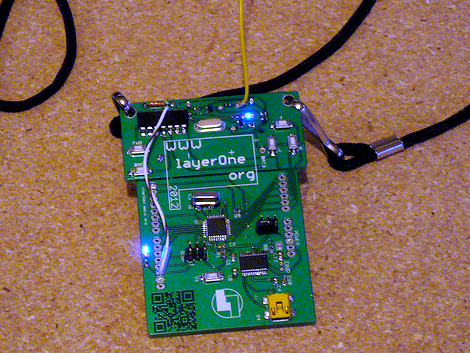Bluepill Copies Code So You Don’t Have To
You really should learn to read Morse code. But if you can’t — or even if you can, and just want a break — you can always get a computer to do it. For example, [jmharvey1] has a decoder that runs on a cheap Bluepill dev board.
The device uses a touchscreen and a few common components. The whole thing cost about $16. You can see it at work along with a description of the project in the video below.
The code uses the Arduino-style setup for the Blue pill — something we’ve talked about before. As for the decoding method, the software employs the Goertzel algorithm which is akin to a single frequency Fourier transform. That is, while a full transform gives you information about the frequency component of a signal across a wide range, the Goertzel algorithm probes the signal for one or a small number of distinct frequencies.
The decoder table looks confusing at first until you realize that each “decode” value consists of a 1 as a start bit followed by a 1 for a dash and a zero for a dot. All bits to the left of the start bit don’t count. So an “E” codes as 02 hex — a start bit followed by a single zero or dot. A “C” is 1A hex (1 + -.-.). Once you find the matching code, you apply the same index to another table to look up the actual letter or string of letters.
If you buy a Bluepill to make one of these, you might as well get two and build something to send code, too.




